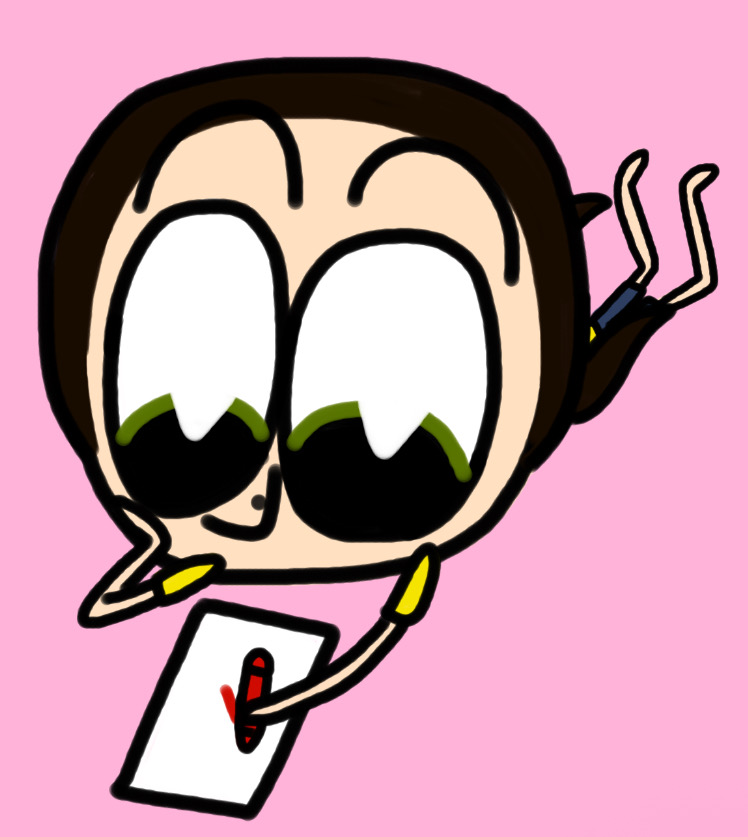NFL Punishments on Personal Fouls: Fair or Not?
February 4, 2018
In light of late season incidents in the NFL involving unnecessary roughness penalties resulting in suspensions for Patriots tight end Rob Gronkowski and Steelers receiver Juju Smith-Schuster, the conversation regarding just what a suspendable offense has become quite muddled.
First, we must consider that this lack of clarity has happened before.
In 2012, Lions defensive tackle Ndamukong Suh, who is now a member of the Miami Dolphins, stomped on the arm of Green Bay Packers offensive lineman Evan Dietrich-Smith, which resulted in a two game suspension for Suh.
Suh’s suspension, however, did not deter him from doing something similar in 2014 when he stomped on the foot of Packers quarterback Aaron Rodgers in Week 17. This incident nearly saw Suh suspended for a playoff game, before being reduced to a fine.
Since he joined the league as the 2nd pick in the 2010 draft, Suh has faced 8 total fines for his antics, which results into a grand total of $216,875. According to David Birkett of the Detroit Free Press.
While Suh’s actions are dirty and often met with disdain from his peers, he is not alone.
Another name that has become synonymous with the words “personal foul” is Cincinnati Bengals linebacker Vontaze Burfict.
According to Ryan Wilson of CBS Sports, in early 2016, the NFL suspended Burfict for his now infamous hit to the head of Steelers wide receiver Antonio Brown in the final seconds of the 2015 AFC Wild Card game between Cincinnati and Pittsburgh.
The Bengals believe Burfict’s image of being a dirty player has caused NFL referees to target him with penalties. In November 2017, ESPN’s Adam Schefter reported that an anonymous Bengal player came to Burfict’s defense saying that NFL referees have been cursing and provoking Burfict and that this behavior has made him feel that he’s being singled out.
Schefter reported that an NFL spokesman denied this claim.
Of course, every case is different. Gronkowski elbowing Bills cornerback Tre’davious White in the head is completely different than Burfict’s many irregularities on the field. However, what was most significant in the Gronkowski incident was the deliberate shot on White’s head region. Head contact has become a serious issue in the NFL and the league has cracked down hard on deliberate shots to players’ heads, which is why Gronkowski was suspended.
The league is obviously trying to change the game to a sport where players are not necessarily taking significant shots to the head each and every play. The focus on eliminating deliberate shots to the head is a key step in lowering the incidents of head injuries. An article by Daniel Roberts of Fortune spoke about a partnership the league has with General Electric and Under Armour, in an effort to develop new helmets that would protect the brain from receiving significant damage from a hit. Also, a new rule, put in place in 2010, that had NFL referees “take on more responsibility this season to protect players from helmet-first hits to their heads and necks.”
For the league to attempt to lower the number of shots to the head is understandable. It is now up to the players if they want to join in on this effort. Some do not. As Steelers’ defensive back Mike Mitchell said in an article by Bleacher Report, “This game was made on violence.” The next few seasons will either neglect or accept Mitchell’s judgement.













































